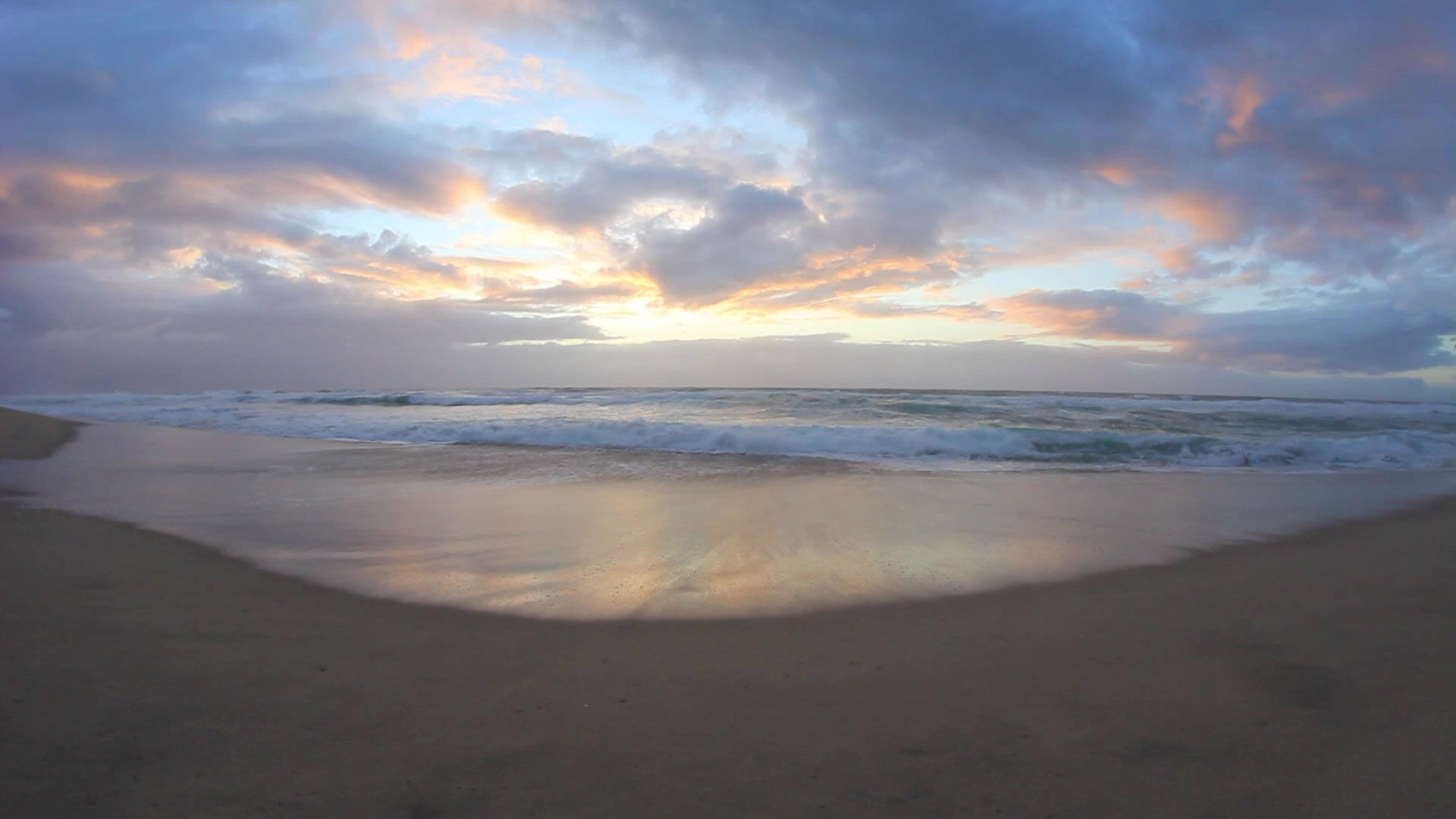Photos Captured With Reciprocity
- ursulamk01
- Feb 28, 2019
- 2 min read
Updated: Mar 25, 2019

The settings on a camera work together, allowing a photographer to capture perfect images. However, there are many ways to adjust these settings, and they must be set appropriately for the pictures to come out nicely.
There are three functions of a camera, including the #ISO, #shutterspeed, and #aperture. These settings manipulate light for proper exposure.
The ISO, or International Standard Organization, is a very crucial setting used to control the brightness of photographs. Increasing the ISO will brighten the image and decreasing the ISO will darken the image. It is important to take into consideration that a photo with an ISO that is too bright may turn out grainy.
The shutter speed of a camera controls the motion and light of a photograph. It is defined as the amount of time that the camera shutter stays open, letting in light. Shutter speeds are measured in fractions of a second. A slow shutter speed lets in more light, but it creates a blurred, or panned, motion in the picture. A fast shutter speed lets in less light and stops motion.
Aperture affects different variables of an image, such as a blurred background. It can also change the exposure of the pictures by making them brighter or darker. Aperture is the small hole in a lens, which is what allows light to travel through. A large aperture is a wide opening, which passes a lot of light and brightens the image. A small aperture does not allow a lot of light to pass through, making the image darker.
Aperture also has the power for depth of field, which is defined as “the amount of your photograph that appears sharp from front to back,” (photographylife.com). There are two types of depth of fields. One is shallow depth of field, where the background is out of focus. The other is deep depth of field, in which the background and the front are sharp.
These three elements work together to produce the best exposure. When a camera is pointed at a subject, the light goes through the lens aperture. The shutter curtain opens when the shutter button is hit, allowing light in for a specific amount of time. This is the shutter speed. Finally, the camera’s sensor collects the light and the ISO brightens or darkens the image as needed.
When a lot of light enters the camera lens, the aperture hole should be very small, which means that the shutter speed must be slow for the camera’s sensor to have more time to collect the light. If the camera’s aperture is open wide, the shutter speed would have to be fast, or else the photo would become overexposed. If the shutter speed is too fast, however, the photo could be underexposed.













Comments